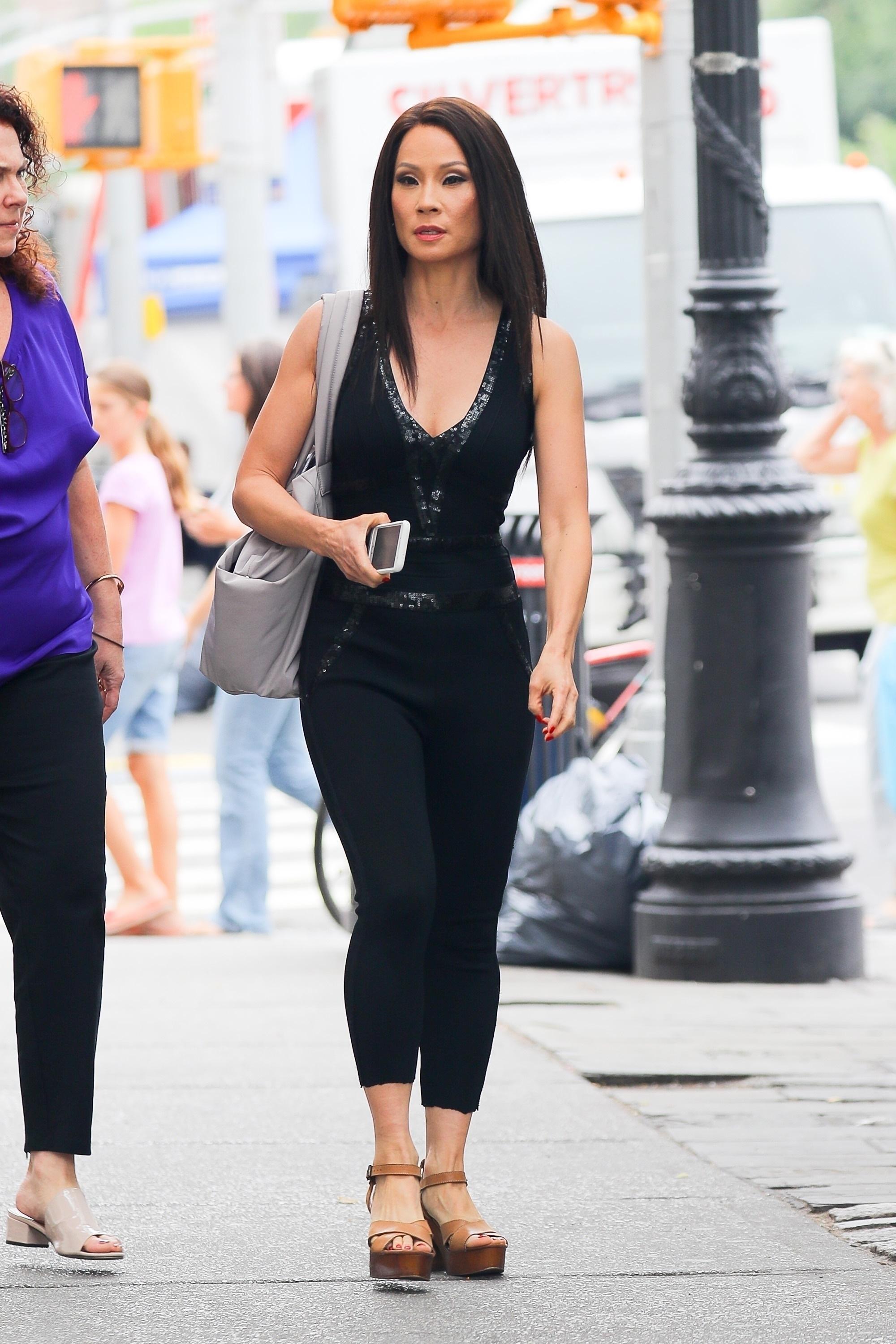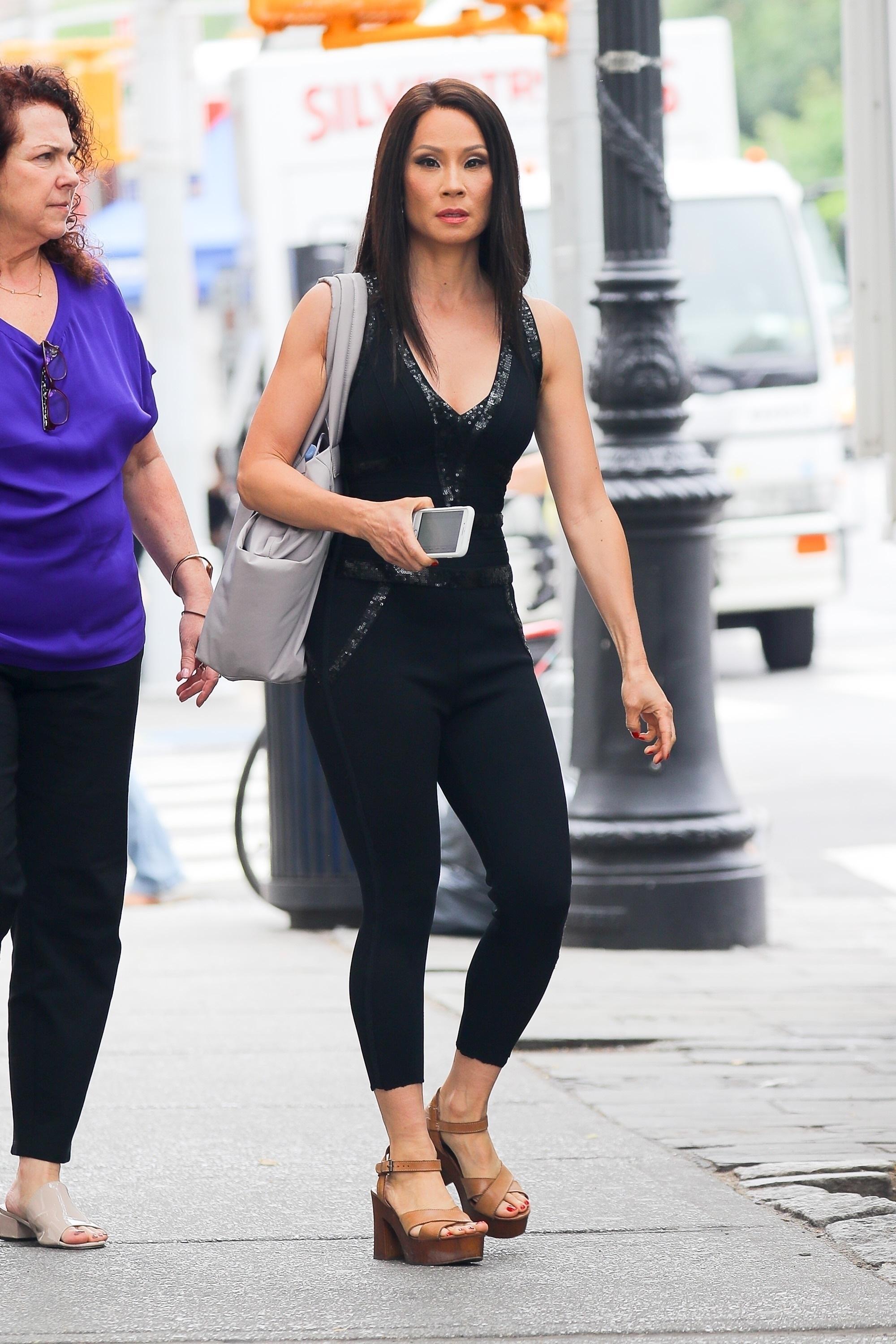Marriage License from the State of Georgia
A
marriage license is a
document issued, either by a
church or state
authority, authorizing a couple to
marry. The procedure for obtaining a license varies between countries and has changed over time. Marriage licenses began to be issued in the
Middle Ages, to permit a marriage which would otherwise be illegal (for instance, if the
necessary period of notice for the marriage had not been given).
Today, they are a legal requirement in some jurisdictions and may also serve as the record of the marriage itself, if signed by the couple and witnessed.
In other jurisdictions, a license is not required. In some jurisdictions, a "pardon" can be obtained for marrying without a license, and in some jurisdictions,
common-law marriages and marriage by
cohabitationand representation are also recognized. These do not require a marriage license. There are also some jurisdictions where marriage licenses do not exist at all and a
marriage certificate is given to the couple after the marriage ceremony had taken place.
Article 16 of the
Universal Declaration of Human Rights declares that "Men and women of full age, without any limitation due to race, nationality or religion, have the right to marry and to found a family. They are entitled to equal rights as to marriage, during marriage and at its dissolution. Marriage shall be entered into only with the free and full consent of the intending spouses."
[1]
HistoryEdit
For most of Western history, marriage was a private contract between two families. Until the 16th century, Christian churches accepted the validity of a marriage on the basis of a couple’s declarations. If two people claimed that they had exchanged marital vows—even without witnesses—the Catholic Church accepted that they were validly married[
citation needed].
Some states in the US hold that
public cohabitationcan be sufficient evidence of a valid marriage. Marriage license application records from government authorities are widely available starting from the mid-19th century. Some are available dating from the 17th century in colonial America.
[2] Marriage licenses have been required since 1639 in Massachusetts, with their use gradually expanding to other jurisdictions.
[3]
United KingdomEdit
England & WalesEdit

Marriage record of Joseph Stannard and Emily Coppin (1826)
A requirement for
banns of marriage was introduced to
England and Wales by the Church in 1215. This required a public announcement of a forthcoming marriage, in the couple's
parish church, for three Sundays prior to the wedding and gave an opportunity for any objections to the marriage to be voiced (for example, that one of the parties was already married or that the couple was related within a prohibited degree), but a failure to call banns did not affect the validity of the marriage.
Marriage licences were introduced in the 14th century, to allow the usual notice period under banns to be waived, on payment of a fee and accompanied by a sworn declaration, that there was no
canonical impediment to the marriage. Licences were usually granted by an
archbishop,
bishop or
archdeacon. There could be a number of reasons for a couple to obtain a licence: they might wish to marry quickly (and avoid the three weeks' delay by the calling of banns); they might wish to marry in a parish away from their home parish; or, because a licence required a higher payment than banns, they might choose to obtain one as a status symbol.
There were two kinds of marriage licences that could be issued: the usual was known as a
common licenceand named one or two parishes where the wedding could take place, within the jurisdiction of the person who issued the licence. The other was the
special licence, which could only be granted by the
Archbishop of Canterbury or his officials and allowed the marriage to take place in any church.
To obtain a marriage licence, the couple, or more usually the bridegroom, had to swear that there was no just cause or impediment why they should not marry. This was the marriage
allegation. A bond was also lodged with the church authorities for a sum of money to be paid if it turned out that the marriage was contrary to Canon Law. The bishop kept the allegation and bond and issued the licence to the groom, who then gave it to the vicar of the church where they were to get married. There was no obligation for the vicar to keep the licence and many were simply destroyed. Hence, few historical examples of marriage licences, in
England and
Wales, survive. However, the allegations and bonds were usually retained and are an important source for English
genealogy.
Hardwicke's Marriage Act 1753 affirmed this existing ecclesiastical law and built it into statutory law. From this date, a marriage was only legally valid, if it followed the calling of banns in church or the obtaining of a licence —the only exceptions being
Jewish and
Quaker marriages, whose legality was also recognised. From the date of Lord Hardwicke's Marriage Act up to 1837, the ceremony was required to be performed in a consecrated building.
Since 1 July 1837, civil marriages have been a legal alternative to church marriages under the
Marriage Act 1836, which provided the statutory basis for regulating and recording marriages. So, today, a couple has a choice between being married in the
Anglican Church, after the calling of banns or obtaining a licence or else, they can give "Notice of Marriage" to a
civil registrar. In this latter case, the notice is publicly posted for 15 days, after which a civil marriage can take place. Marriages may take place in churches other than Anglican churches, but these are governed by civil marriage law and notice must be given to the civil registrar in the same way. The marriage may then take place without a registrar being present if the church itself is registered for marriages and the minister or priest is an Authorised Person for marriages.
The licence does not record the marriage itself, only the permission for a marriage to take place. Since 1837, the proof of a marriage has been by a
marriage certificate, issued at the ceremony; before then, it was by the recording of the marriage in a
parish register.
The provisions on civil marriage in the 1836 Act were repealed by the
Marriage Act 1949. The Marriage Act 1949 re-enacted and re-stated the law on marriage in England and Wales.
ScotlandEdit
Marriage law and practice in Scotland differs from that in England and Wales. Historically, it was always considered legal and binding for a couple to marry by making public promises, without a formal ceremony but this form has not been available since 1940. More recently "marriage by cohabitation with repute" has also been abolished for any relationship commenced since 2006. Church marriages "without proclamation" are somewhat analogous to the English "marriages by licence", although the permission to perform them is not a church matter. Religious marriages in Scotland have never had a restriction on the place in which they are performed. Marriages in Scotland normally require between 2 and 6 weeks’ notice to the district registrar depending on the previous marital status and other procedural matters usually involving the country of residence and the nationality of the parties. Marriages with less than the normal amount of notice require the permission of the Registrar General.
United StatesEdit
In the United States, until the mid-19th century,
common-law marriages were recognized as valid, but thereafter some states began to invalidate common-law marriages. Common-law marriages, if recognized[
by whom?], are valid, notwithstanding the absence of a marriage license. North Carolina and Tennessee (which was originally western North Carolina) never recognized marriage at the common law as valid without a license unless entered into in other states. They have always recognized otherwise valid marriages (except bigamous, polygamous, interracial, or same-sex) entered into in conformity with the law of other states, territories and nations.[
citation needed]
The specifications for obtaining a marriage license vary between states. In general, however, both parties must appear in person at the time the license is obtained; be of
marriageable age (i.e., over 18 years; lower in some states with the consent of a parent); present proper
identification (typically a driver's license, state ID card, birth certificate or passport; more documentation may be required for those born outside of the United States); and neither must be married to anyone else (proof of spouse's death or divorce may be required for someone who had been previously married in some states).
The US states of
Florida,
Connecticut,
Wisconsin,
Indiana,
Oklahoma,
Massachusetts,
Mississippi,
California,
New York,
[4][5] and the
District of Columbiaonce required blood tests before issuing a marriage license, but such requirements have since been abolished. The tests were mainly used to check for previous or current bouts of
syphilis and
rubella(German measles); other diseases that have been screened for before marriage in some cases have included
tuberculosis,
gonorrhea, and
HIV, the last of which is the only one of those three that is detectable using a blood test.
[4]
Many states require 1 to 6 days to pass between the granting of the license and the marriage ceremony. After the marriage ceremony, both spouses and the officiant sign the marriage license (some states also require a witness). The officiant or couple then files for a certified copy of the marriage license and a marriage certificate with the appropriate authority. Some states also have a requirement that a license be filed within a certain time after its issuance, typically 30 or 60 days, following which a new license must be obtained.









 I was at the grocery store, when I saw this young phat ass milf. Tell me why her lil punk ass son had to go & ruin it
I was at the grocery store, when I saw this young phat ass milf. Tell me why her lil punk ass son had to go & ruin it "
"
 .......
.......
 ..I was looking at those prices :420shrug:
..I was looking at those prices :420shrug:









